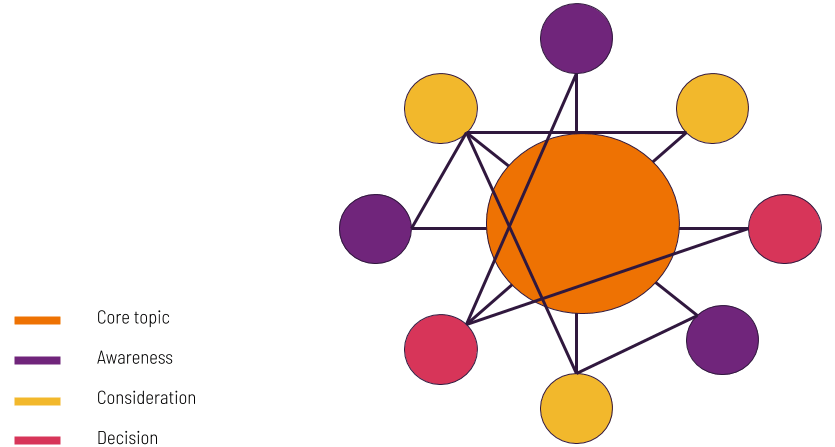The best marketing campaigns are usually creative.
But let’s back up a moment. What do we mean by the best? Think for a second. How would you answer this question?
A lot of us would say the campaign with the best CTR or ROI. But this is further down the line.
The best campaigns first need to do two things. I’ll get to why in a second.
They need to 1) stick in people’s minds and 2) create an emotional response.
Campaigns need to be memorable because we are fighting for just split-seconds of attention. The average human attention span is now 8 seconds. A goldfish has an attention span of 9 seconds! Fail to grab attention and our campaign is pretty much meaningless.
But once we have grabbed someone’s attention, we need to create an emotional response. This is because emotion is what causes users to take action.
So how can we as marketers do both of these things?
The answer is creative campaigns. They grab attention by being quirky, different, or unexpected. And they cause an emotional response by using a compelling narrative.
Creativity goes much further than ad spend. Let’s dive in and see what we can learn.
What makes marketing campaigns creative?

- Interactivity – Involving viewers in the ad experience through interactivity, builds rapport, and helps elicit an emotional response.
- Tell a powerful story – saying you have created the best chocolate bar in the world is not a powerful story. Recreating the childhood memory of someone’s favorite chocolate bar and tapping into the same emotions that it caused is a powerful narrative.
- Branding isn’t always front and center – there is a trend in marketing campaigns to be less direct with brand positioning. Try and focus on foregrounding the narrative.
- Newsjacking – successful campaigns usually either exploit an existing news story or create enough buzz to become a story themselves
7 great examples of creative marketing campaigns
Often with great marketing ideas, you think: hey that’s so simple I could have come up with that. The following examples have some or all of the traits listed above. Let’s break them down and see what the brands got right.1. Heineken gamify the interview process

2. Burger King hacks the 15-second ad
How do you make a 15-second commercial much longer? Burger King found a way. At the end of the 15-second commercial, a Burger King employee says “OK Google, what is the whopper burger?” This triggered smart speakers around the world to read a Wikipedia entry about the burger. This caused quite a controversy but gained the brand widespread media coverage.3. Nest uses Amazon as a funnel

4. Twix merges products

5. WeTransfer asks users to go offline
Branding is not front and center This is a fantastic example for so many reasons. The Please Leave campaign by filesharing company WeTransfer is a poetic narration with the key message: spend less time on the internet and more time doing the things you love. This ingeniously ties in with the brand because even though WeTransfer is a digital company, it aims to save you time. The brand placement is left until the very end of the video and doesn’t interrupt the narrative flow. Full marks.6. KLM creates hologram booths

7. Burger King built a silent drive-thru in Finland










